
Best Islands to Visit in Galapagos: Your Ultimate Island-Hopping Guide | Travel Blog
The Galapagos Islands are like a paradise for nature lovers and adventure seekers. These islands, sitting pretty in the Pacific Ocean, are a hotspot for wildlife enthusiasts and folks looking for an epic island-hopping adventure.
When planning your Galapagos trip, the crucial question arises.
Which are the best islands to visit in Galapagos?
In this comprehensive guide, we will unravel the secrets of these captivating islands, helping you create a perfect island-hopping itinerary that showcases the archipelago's diverse ecosystems and unique inhabitants.
Table of content
Best islands to visit in Galapagos
- Santa Cruz Island - A central hub of Galapagos exploration
- Isabela Island - A volcanic wonderland
- San Cristobal Island - A paradise for birdwatchers
- Floreana Island - A historical gem
- Bartolome Island - A geological marvel
- Fernandina Island - A pristine ecosystem
- Santiago Island - A place of geological marvels
- North Seymour Island - Home to iconic wildlife
- Espanola Island - The albatross capital
- Rabida Island - A crimson paradise
- Genovesa Island - A seabird sanctuary
- Baltra Island - Gateway to galapagos
Which are the most popular islands to visit in the Galapagos?
How can I decide which Galapagos islands to visit?
Are certain Galapagos islands better for specific wildlife encounters?
What's the best way to island-hop in the Galapagos?
Best islands to visit in Galapagos
1. Santa Cruz Island - A central hub of Galapagos exploration
As the most populous island in the Galapagos, Santa Cruz serves as a central hub for visitors. Home to Puerto Ayora, the island's largest town, Santa Cruz offers a range of accommodations, restaurants, and amenities.
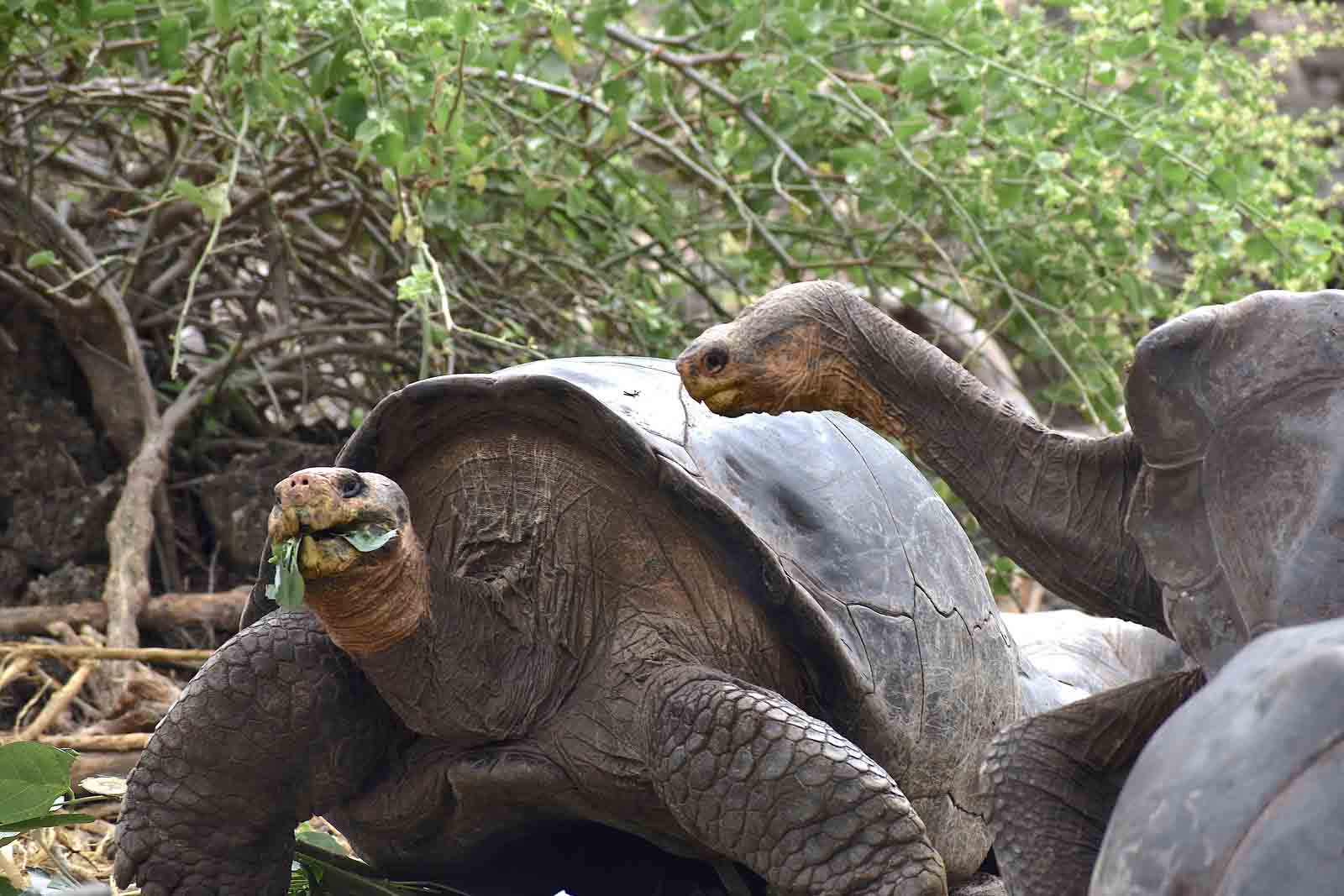
Don't miss the opportunity to visit the Charles Darwin Research Station, where you can learn about ongoing conservation efforts and observe giant tortoises.
2. Isabela Island - A volcanic wonderland
Isabela Island, the largest in the archipelago, is a dream destination for nature enthusiasts. This island boasts a unique blend of pristine beaches, volcanic landscapes, and diverse wildlife.
Hike the Sierra Negra Volcano, snorkel with marine iguanas at Los Tuneles, and witness the iconic blue-footed boobies during your stay.

3. San Cristobal Island - A paradise for birdwatchers
San Cristobal Island offers a treasure trove of avian wonders. Birdwatchers will be enthralled by the diverse species found here, including frigatebirds, albatrosses, and the vibrant red-footed booby.
Don't miss a visit to Punta Pitt, where you can observe all three booby species in one location.
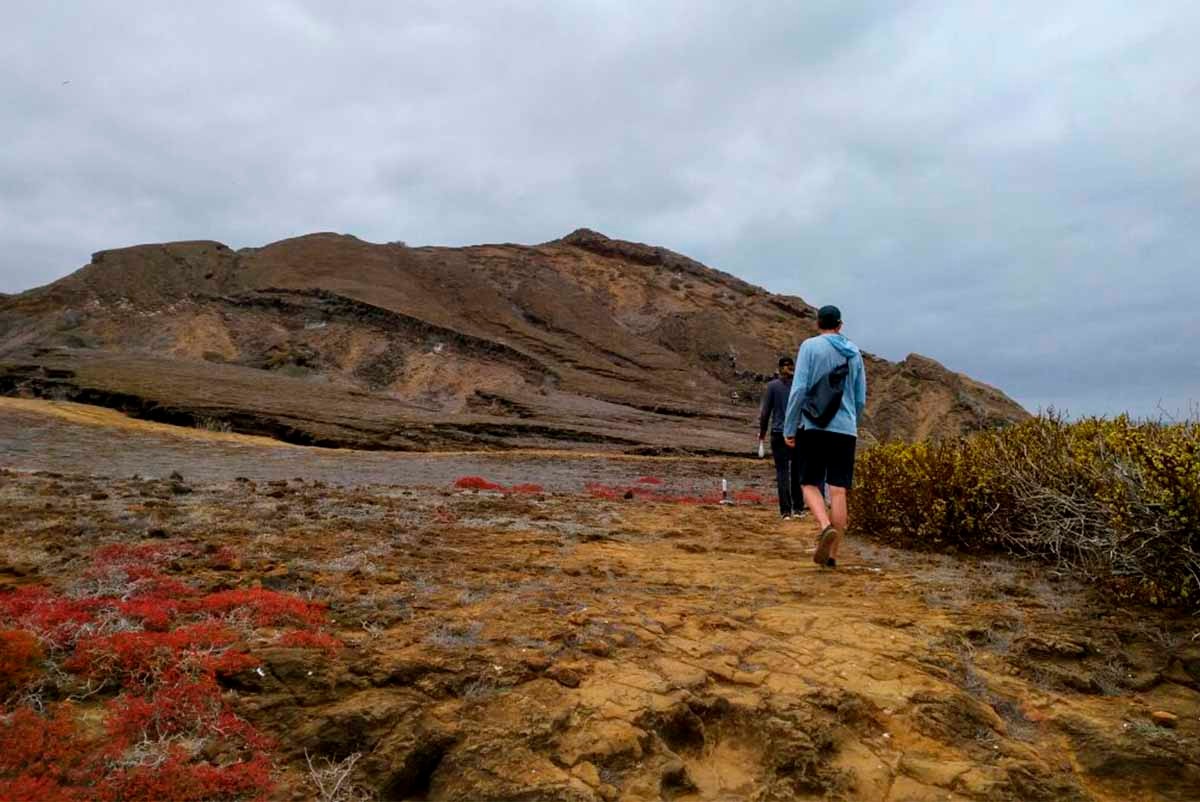
4. Floreana Island - A historical gem
Floreana Island is steeped in history and intrigue. It was one of the first islands to be inhabited in the Galapagos, and remnants of its past can still be explored today.
Visit the Post Office Bay, where a traditional mail system initiated by whalers continues to operate, and hear tales of early settlers' mysteries.
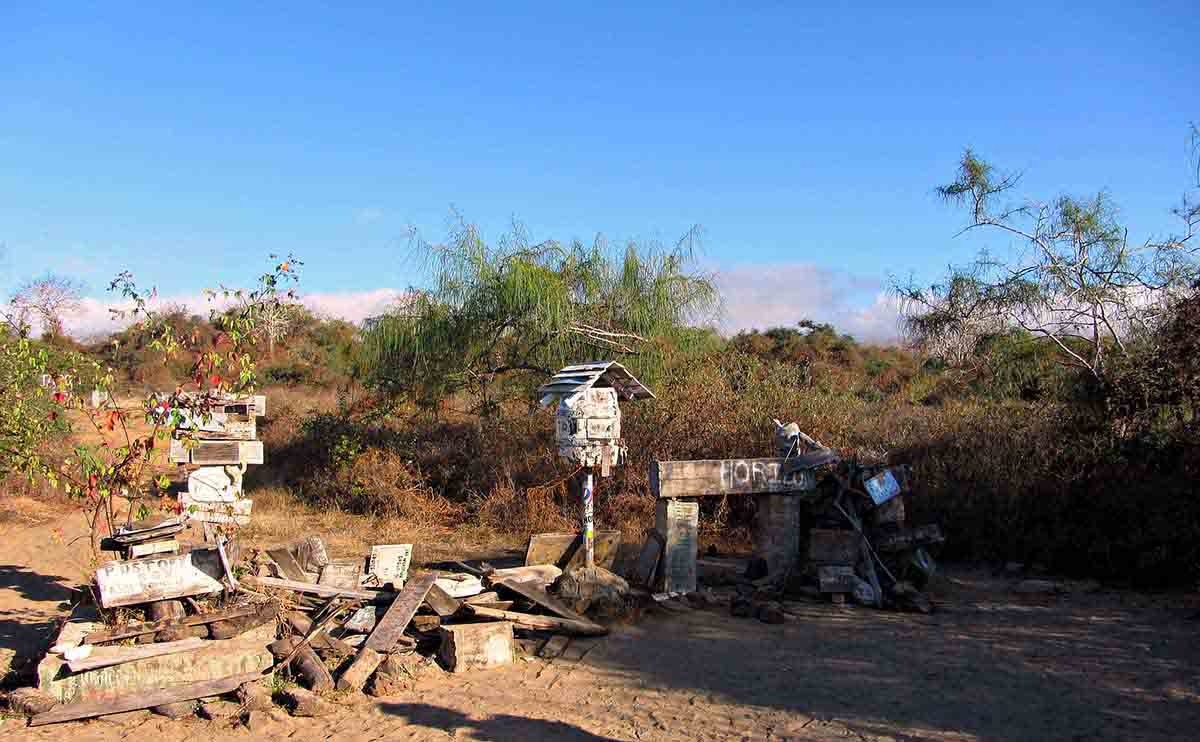
5. Bartolome Island - A geological marvel
For a glimpse into the Galapagos' geological history, Bartolome Island is a must-visit. The iconic Pinnacle Rock stands as a testament to volcanic activity, and the island's moon-like landscapes offer a surreal backdrop for your exploration.
Hike to the summit for panoramic views of the surrounding islands.
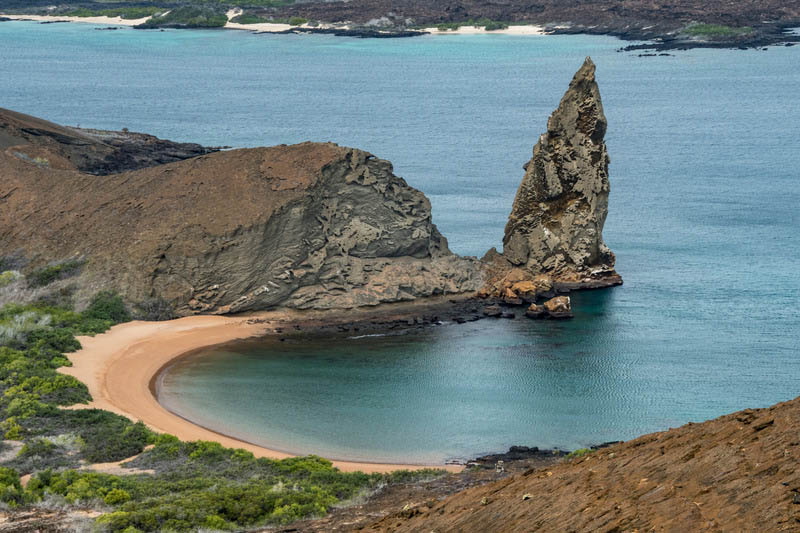
6. Fernandina Island - A pristine ecosystem
Fernandina Island remains one of the most pristine and untouched ecosystems in the Galapagos. With no introduced species, it offers a unique opportunity to witness the natural state of these islands.
Explore Punta Espinosa, where you'll encounter marine iguanas, flightless cormorants, and more.
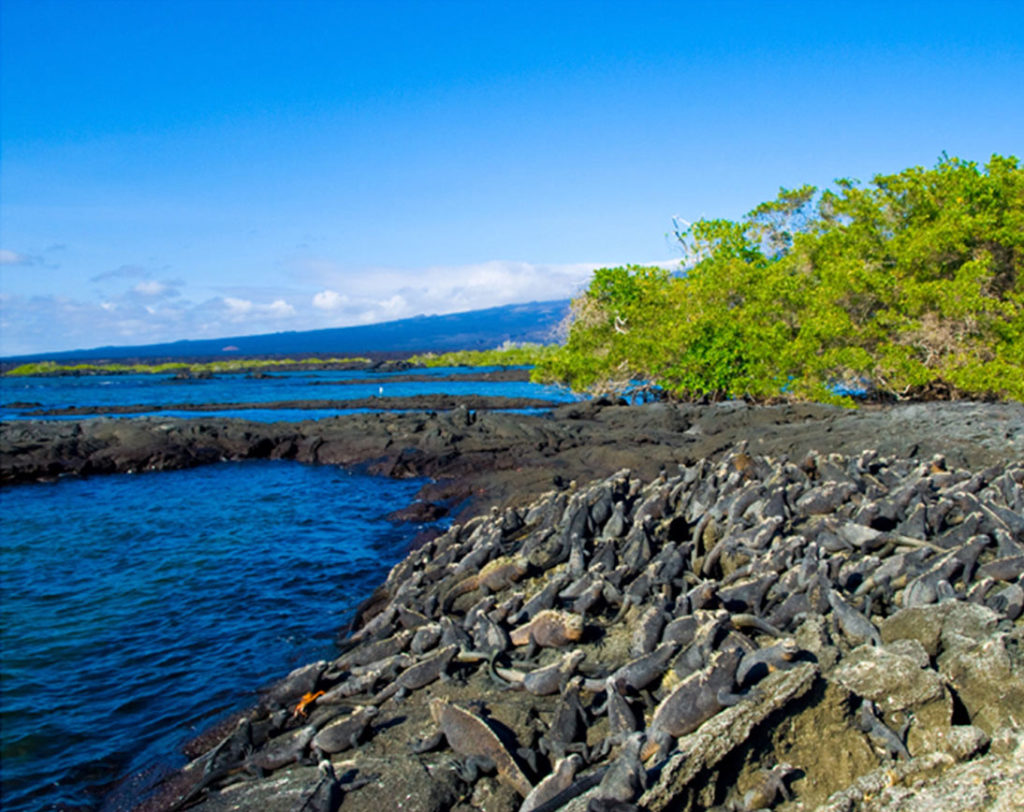
7. Santiago Island - A place of geological marvels
Santiago Island is a geological paradise, with unique features like Sullivan Bay's lava fields and the otherworldly Espumilla Beach.
You can also witness Galapagos hawks, fur seals, and the endemic Galapagos fur seal along the island's coastline.
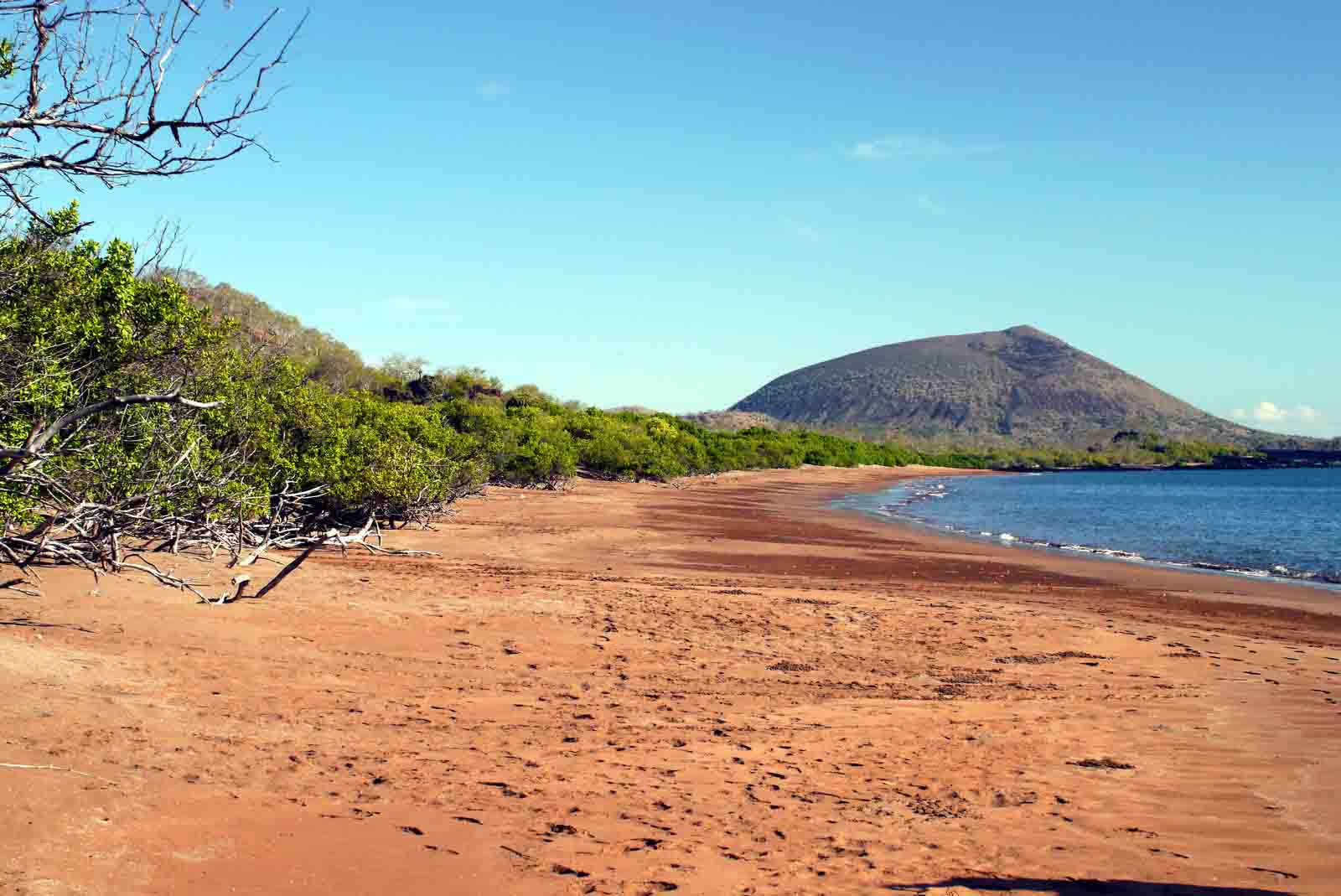
8. North Seymour Island - Home to iconic wildlife
North Seymour Island is renowned for its thriving bird colonies. Here, you can encounter magnificent frigatebirds, blue-footed boobies, land iguanas, and sea lions.
The island's rocky terrain and diverse flora provide a striking backdrop for wildlife photography.
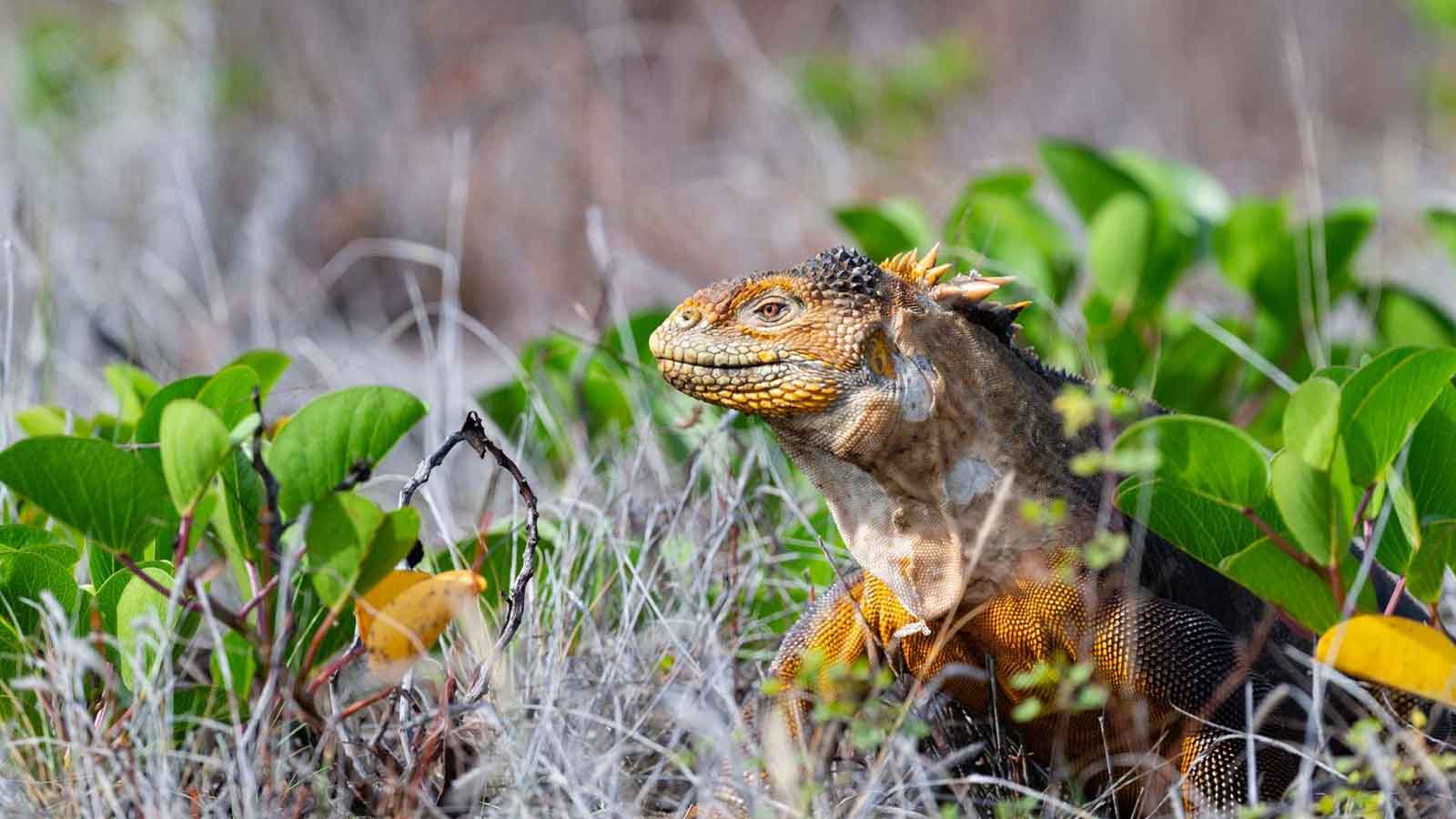
9. Espanola Island - The albatross capital
Espanola Island is home to the largest colony of waved albatrosses in the Galapagos.
The island's Punta Suarez offers a dramatic coastline and excellent opportunities for spotting these majestic birds, along with sea lions and marine iguanas.
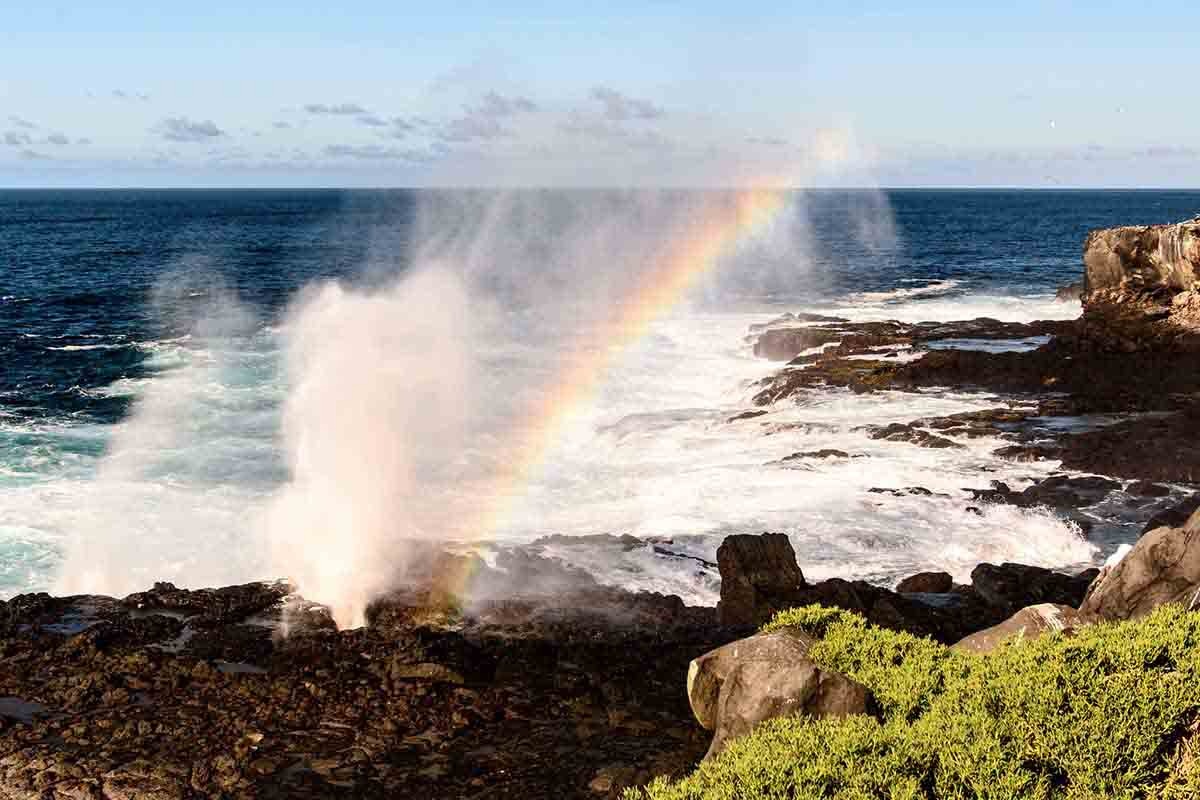
10. Rabida Island - A crimson paradise
Rabida Island stands out with its reddish beaches and striking landscapes.
Its shores are inhabited by a colony of sea lions, and the island's interior is home to Galapagos hawks and several species of finches.
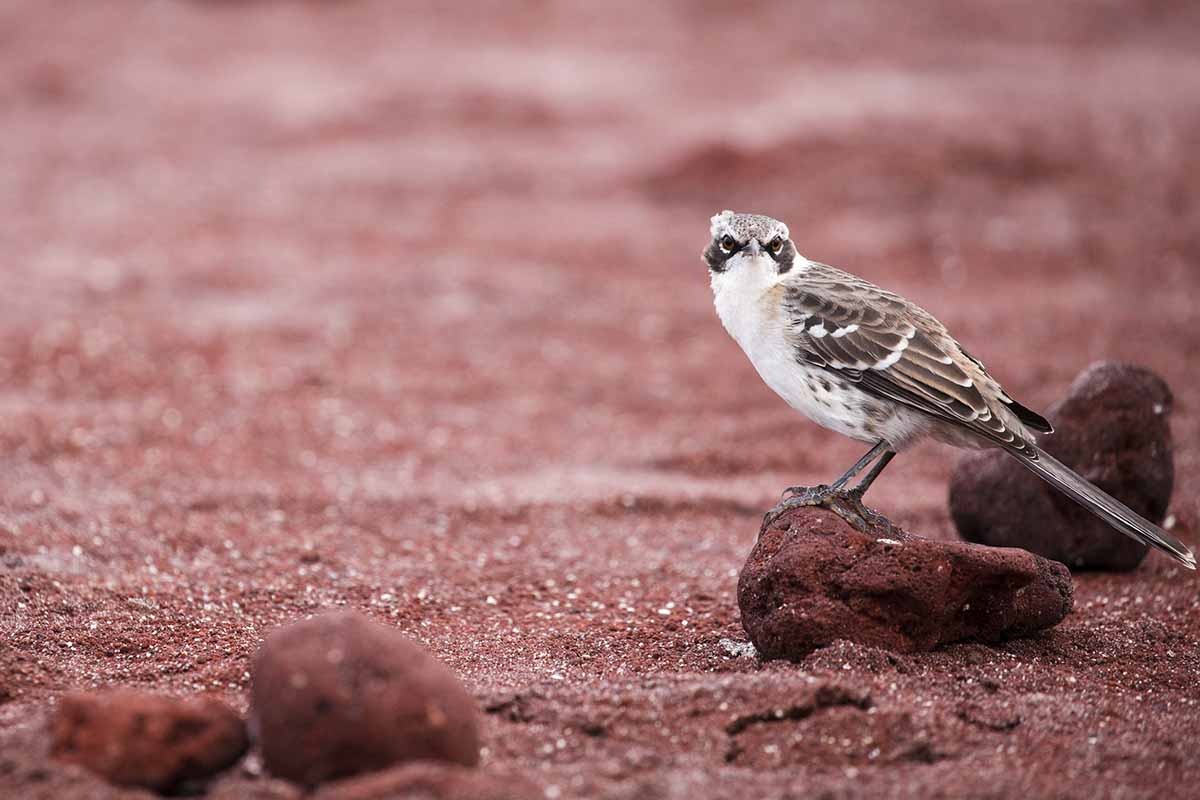
11. Genovesa Island - A seabird sanctuary
Genovesa Island, often referred to as "Bird Island," lives up to its name. It's a sanctuary for various seabird species, including red-footed and Nazca boobies, frigatebirds, and swallow-tailed gulls.
The Prince Philip's Steps trail offers a chance for an up-close birdwatching experience.
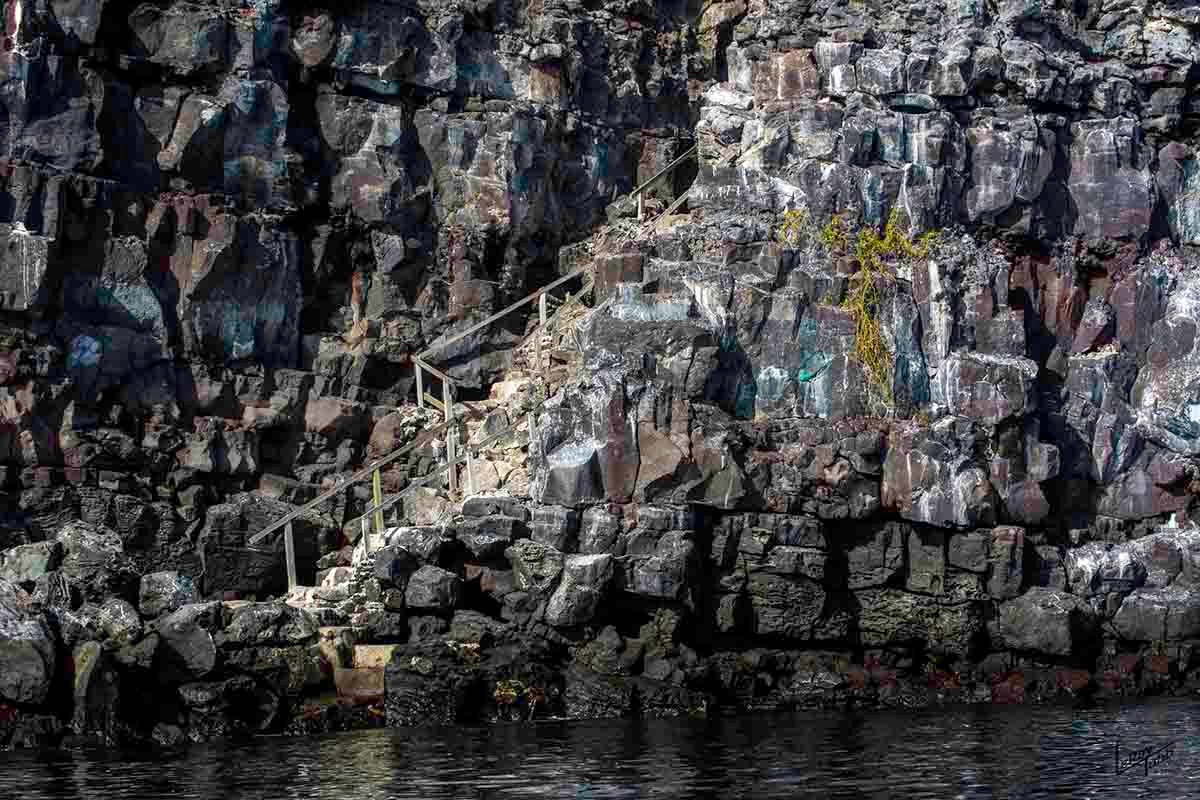
12. Baltra Island - Gateway to galapagos
Baltra Island serves as the main gateway to the Galapagos Islands.
While it's not known for its tourist attractions, it's the first and last place most travelers encounter during their Galapagos adventure due to the location of the airport.
Frequently asked questions
Which are the most popular islands to visit in the Galapagos?
The Galapagos Islands offer a variety of unique experiences, but some popular choices include Santa Cruz, Isabela, San Cristobal, Floreana, and Bartolome due to their diverse ecosystems and wildlife.
How can I decide which Galapagos islands to visit?
Consider your interests—whether it's birdwatching, snorkeling, hiking, or seeing specific wildlife. Research the islands' attractions to match your preferences.
Are certain Galapagos islands better for specific wildlife encounters?
Yes, certain islands are known for specific wildlife. For instance, North Seymour is famous for its bird colonies, while Isabela offers opportunities to see giant tortoises.
What's the best way to island-hop in the Galapagos?
Island-hopping in the Galapagos can be done via day tours, cruise ships, or a combination of both. It depends on your time, budget, and desired level of comfort.
Are some Galapagos islands less crowded than others?
Yes, some islands like Fernandina and Genovesa are less crowded due to their remote locations and limited visitor sites, providing a quieter and more pristine experience.
The Galapagos Islands offer a smorgasbord of natural wonders, and choosing the best islands to visit can be a delightful challenge. Each island has its unique character, offering diverse ecosystems, wildlife encounters, and geological marvels.
Whether you're an avid birder, a marine enthusiast, or simply seeking an unforgettable island-hopping adventure, the Galapagos Islands are sure to leave an indelible mark on your heart and soul.
So, craft your ultimate island-hopping itinerary and embark on a journey that will connect you with the very essence of evolution and nature's wonders.
The best islands to visit in the Galapagos await your exploration, promising a once-in-a-lifetime experience that will forever shape your perspective on the natural world.
Check Our Galapagos Cruises:



